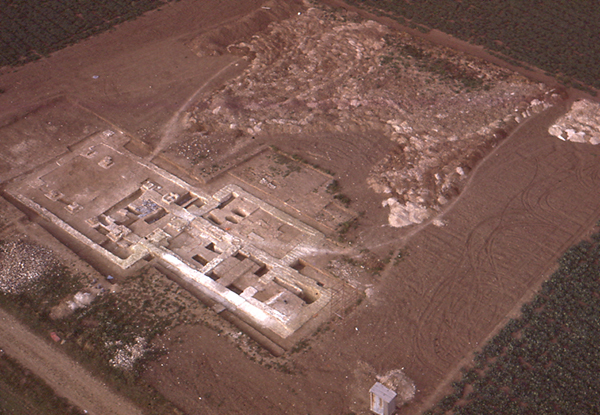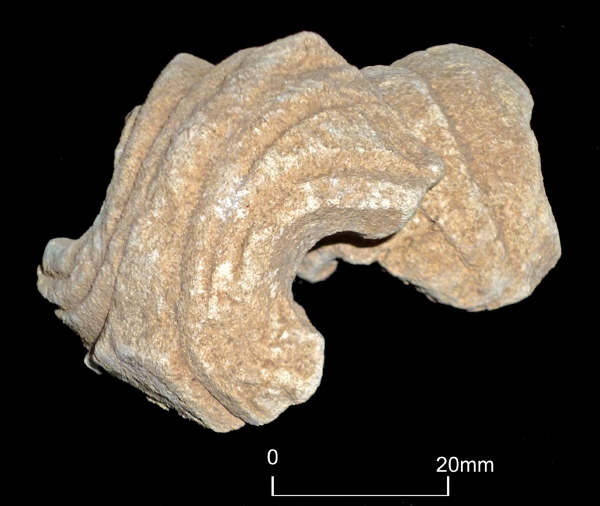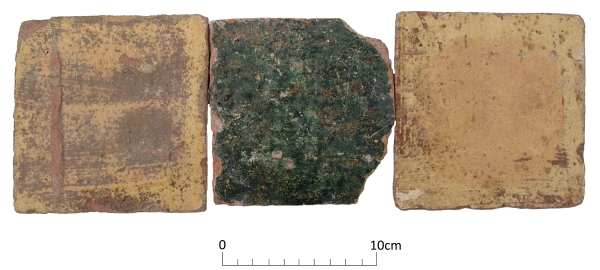
Today’s post for Day 235 of the VM_365 project shows an aerial image of the excavation of the medieval Church of All Saints, Shuart which was carried out by the Isle of Thanet Archaeological Unit between 1978 and 1979. The routes made by the wheel barrow runs during the excavation can be seen as wispy white trails leading to the spoil heaps at the top of the picture.
The site was excavated by the Isle of Thanet Archaeological Unit under the direction of Frank Jenkins, assisted by Dave Perkins, later to become Director of the Trust for Thanet Archaeology, and site assistants from the Manpower Services Commission.
The Church was originally established in the 10th century as a proto-church in three parts comprising a nave, chancel and sanctuary. All Saints was altered and expanded in the 10th-11th centuries to include a nave and chancel of the same size. Further alterations took place in the 12th century when part of the church was pulled down to allow construction of an aisled nave with five bays, a longer chancel and a new chancel arch. The west tower was also built around this date.
Other alterations took place in the 13th century. when the north chapel was built on part of the graveyard and it is possible that new windows and window tracery were installed as many fragments of window glass and fragments of stone mullions were found in the demolition deposits associated with this phase.
By the mid 15th century the church was in ruins and it was eventually demolished by about 1630. Nothing of the church was visible above ground by 1734.
The reason for the decline of the Church of All Saints may be that the parishes of St Nicholas at Wade and All Saints were combined in the early 14th century and it became too much of a financial burden for the parish to support two churches with All Saints left to ruin.
Previous posts have included photographs of the fragments of 14th/15th century floor tiles and fragments of carved decorative stone work recovered from the demolition levels.

